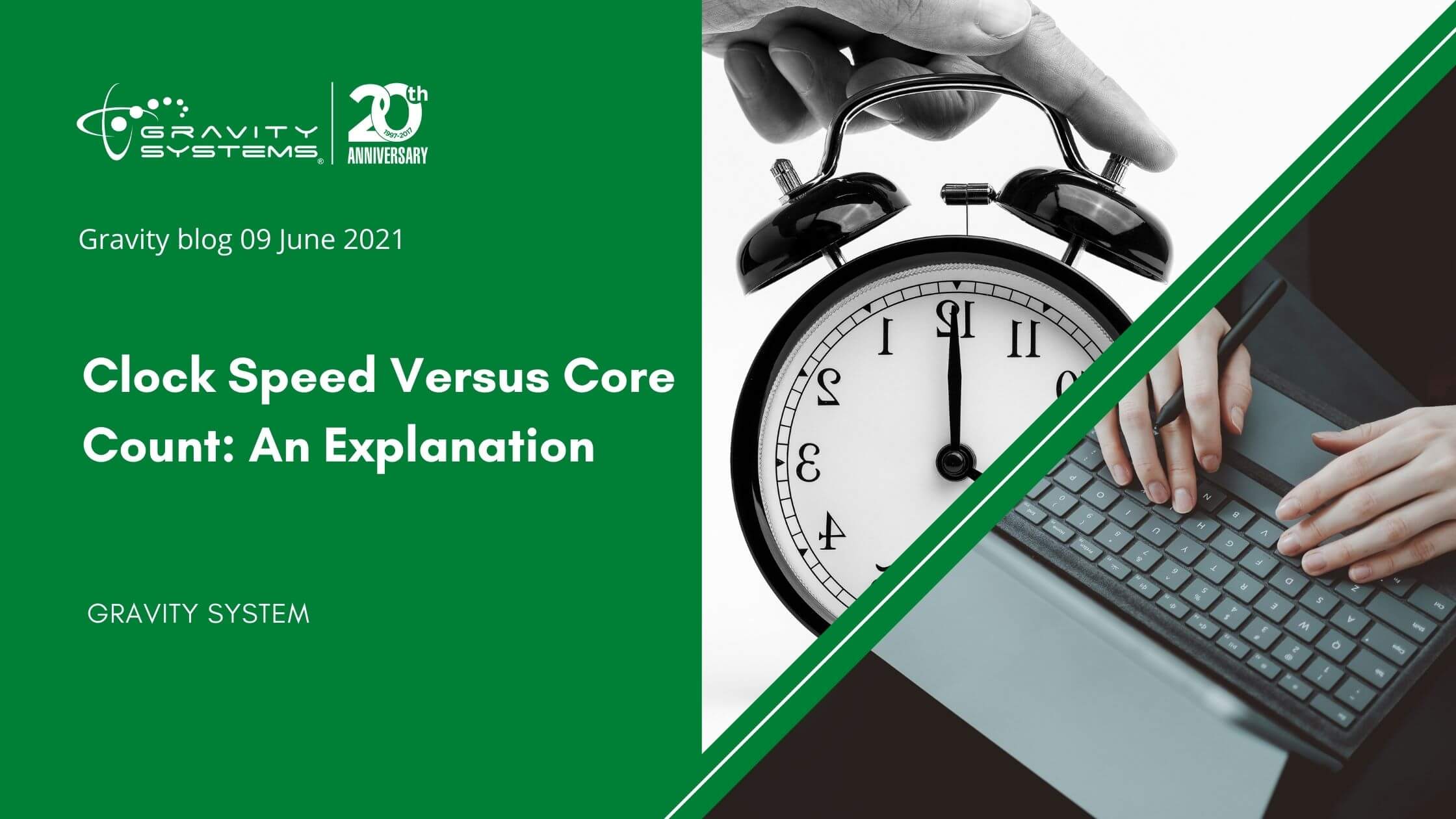As processors have evolved, business owners and managers have had to wrap their heads around the concept of core count in addition to the traditional benchmark of clock speed. What’s the difference between these two issues, how do they affect your IT system’s performance, and how might they influence your computer buying decisions going forward? Here’s a basic primer from your Austin IT business support team at Gravity Systems.
%20(1).jpg?width=2240&name=Google%20has%20Competition%20(6)%20(1).jpg)
Clock Speed: Raw Processing Speed, One Task at a Time
Clock speed is a measure of how fast your processor can complete a single task. This speed is generally measured in terms of Gigahertz per second, with one Gigahertz consisting of a billion processor cycles. This number represents the top “speed limit” of your computer when you’re engaged in applications that employ singlethreading, or the execution of one set of instructions at a time.
Core Count: The Advantage of Application Multitasking
Computers that have multiple cores (processing units) can take advantage of those cores’ ability to operate simultaneously, a function called multithreading. Applications that require multi-threading engage these cores to function in parallel, just as an interstate highway cutting through a major city might allow six lanes of cars to proceed instead of just one or two.
This parallel activity can dramatically speed up overall processing times.
Which of these factors is more likely to matter for your IT operations? That depends partly on how often you use multi-threading as opposed to single-threading. Lightweight, single-user office applications often use singlethreading because their everyday tasks just don’t call for massively parallel processing. However, shared applications such as web servers and high-powered multimedia programs that might have several graphic elements running at once rely heavily on multithreading.
Gravity Systems can help you choose the right balance of clock speed and core count for your computers. Contact us today!




